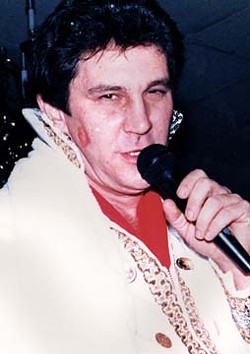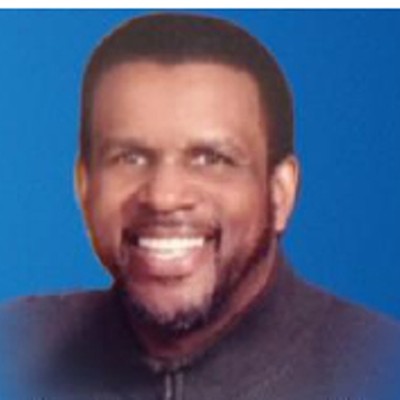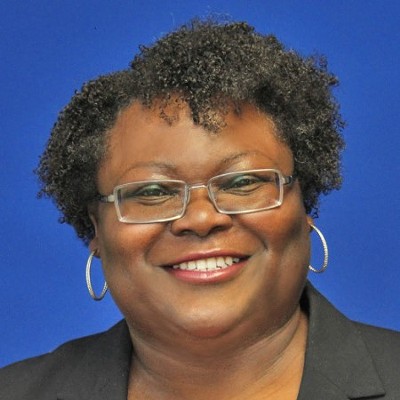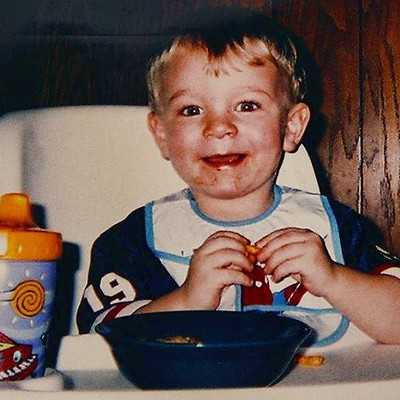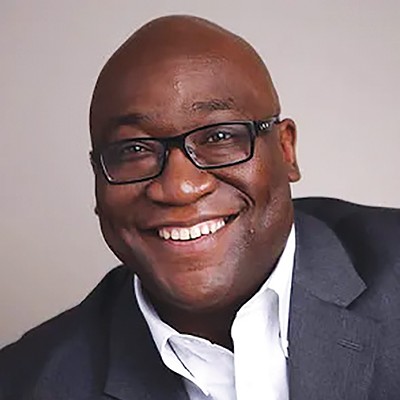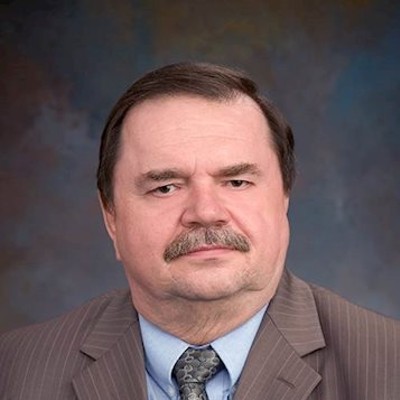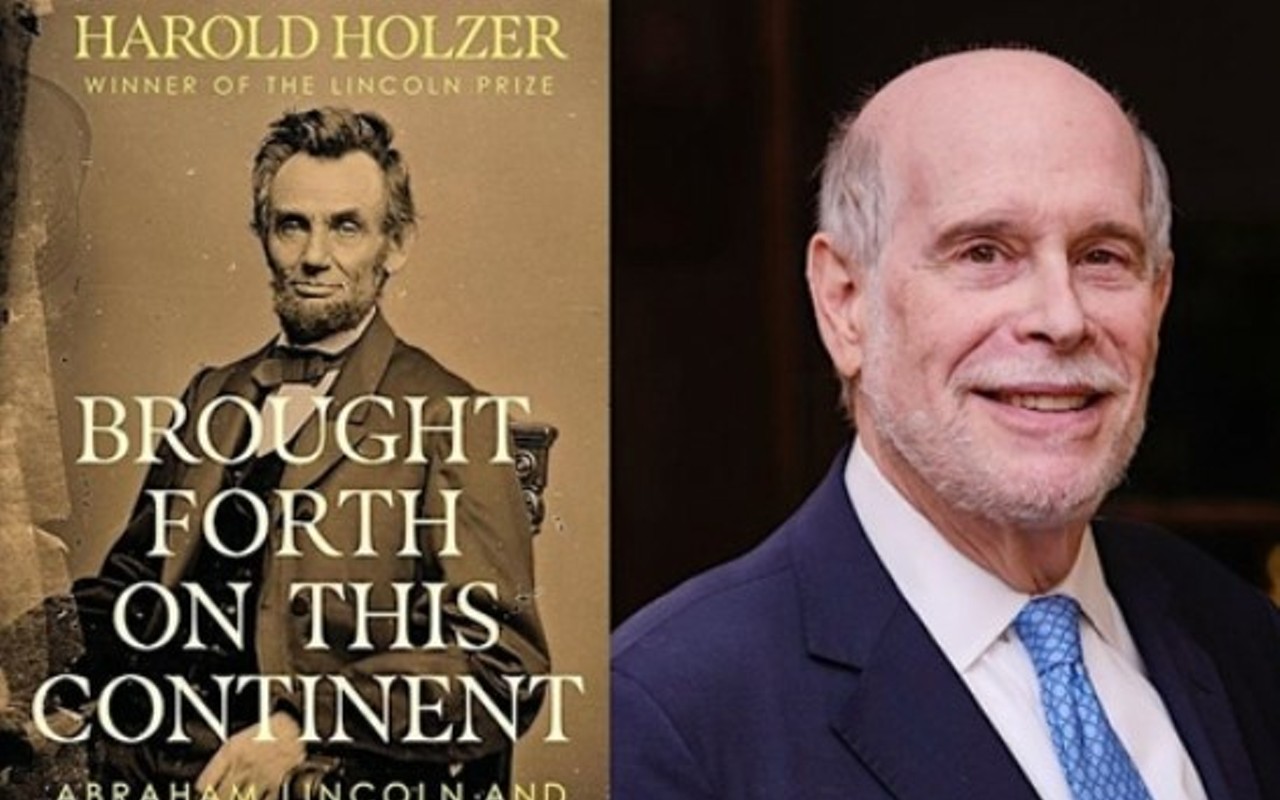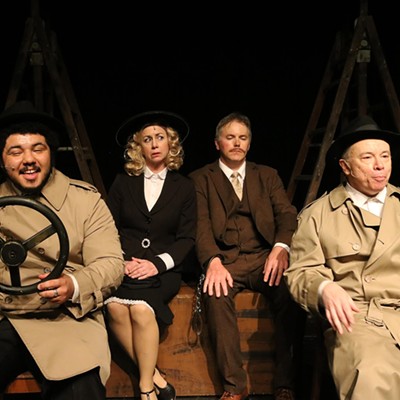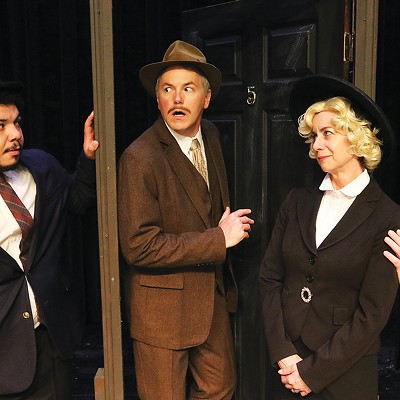No static at all
CARL ROBERT TAYLOR, JR. July 30, 1945-Nov. 25, 2011
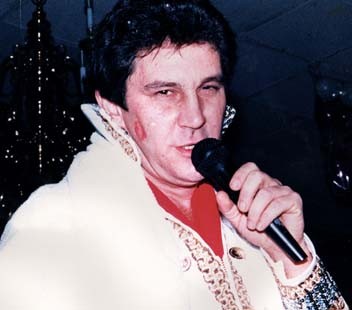
[
{
"name": "Air - MedRect Combo - Inline Content 1",
"component": "11490391",
"insertPoint": "3",
"requiredCountToDisplay": "1",
"parentWrapperClass": "fdn-ads-inline-content-block"
},{
"name": "Air - MedRect Combo - Inline Content 2",
"component": "11490392",
"insertPoint": "7",
"requiredCountToDisplay": "5",
"parentWrapperClass": "fdn-ads-inline-content-block"
},{
"name": "Air - MedRect Combo - Inline Content 3",
"component": "11490393",
"insertPoint": "12",
"requiredCountToDisplay": "9",
"parentWrapperClass": "fdn-ads-inline-content-block"
}
]
Call him Bob – that’s what everyone called him, when they weren’t calling him Uncle Bob. Or Chief Burning Feathers. Or The Kid.
“He hated ‘Carl,’” says his former wife, Jeri Taylor, who was at his side when he died of multiple sclerosis at his Springfield home.
A master of marketing and promotions, Bob Taylor wasn’t afraid to dress up as an Indian chief or Elvis to emcee a New Year’s Eve party. He was a broadcasting genius with a goofy streak, a man whose gift for gab made him a force in radio back when radio was HUGE.
Mike Hulvey recalls listening to Taylor, then a morning DJ, while attending middle school in Danville. Every day, Taylor held a trivia contest called Cheap Thrills and Big Deals. The prize? Taylor would say the winning caller’s name on the air!
“By the time you got to school, all your buddies had heard your name on the radio,” recalls Hulvey, vice president of operations for Neuhoff Media, which owns a dozen radio stations in central Illinois. “That was a really big deal.”
Arbitron ratings for Taylor in Danville went as high as 60, meaning that 60 percent of everyone who was listening to the radio was tuned in to Uncle Bob, Hulvey says. Jeri Taylor recalls strangers asking for autographs at Steak ’n’ Shake. He went to Danville from Springfield, where he was an architect of the city’s first successful FM rock station, WDBR.
“Which once stood for Damn Bad Radio,” recalls Shelby Harbison, the station’s owner.
At the time, FM was an afterthought. Most cars had AM only. WDBR, like most FM stations, simulcasted signals from a sister AM station or played music with no DJ present, with an album or two occasionally played by a live person to meet minimum federal licensure requirements. Taylor saw opportunity, and Harbison got out of the way, allowing him and another employee to transform the station. WDBR was soon one of the top stations in Springfield.
It was a far cry from today’s radio business, dominated by chains that own stations across the nation.
“It was local people and it was local ownership,” recalls David Anderson, who was news director for WDBR. “It made it or didn’t on the basis of local people.”
To help ensure WDBR made it, the station held promotions to give away converters that allowed AM radios to receive FM signals given as prizes. Taylor drove around Springfield in a van with attractive women along for the ride. One of them became his wife.
“I would have a little skimpy outfit on, jump out of the van and pass out Pepsi to everybody at Lake Springfield,” Jeri Taylor recalls.
On the air, Taylor had nicknames for most everyone. The woman who answered the phone was The Sexy-Voiced Secretary. He called the technician Rusty Knobs. His wife was Sunshine.
Anderson was always David Anderson.
“He never made up a name for me,” Anderson recalls. “He was serious about the news.”
When Jim Croce died in a plane crash, Taylor tracked down the singer’s record producer, did a phone interview, then helped produce a special report that aired the same day of the tragedy, without himself on the tape, Anderson said.
Taylor landed his first on-air gig on a country music station when he was just 15, growing up in Lincoln. After a stint in the army, he was living in Marion when Anderson put him in touch with Harbison, who gave him an aptitude test graded by the National Association of Broadcasters.
“They said ‘This is one of the highest scores we’ve ever had recorded on this test,’” Harbison said. “He was one of the smartest, most innovative employees I’ve ever had in my life.”
After gigs in Springfield and Danville, Taylor landed in Wisconsin in the late 1980s, where he managed stations owned by Harbison. By then, he was showing symptoms of multiple sclerosis, but he came back to Illinois for a final hurrah at a station in Sterling. It was there that he dreamed up the Sterling Community Parade that went right through the heart of town, but only in his imagination. The broadcast lasted for more than an hour.
“It was all made up,” Hulvey says. “They had make-believe floats. They had make-believe bands. They were making it up as they went along. It was crazy. People were driving around, looking for the parade.”
The divorce came in 1997 as multiple sclerosis tightened its grip.
“We divorced, but we still loved each other,” Jeri Taylor says. “It worked better for us.”
By November, Taylor had a caregiver whom Jeri Taylor sent home for Thanksgiving Day. He had no appetite, and so dinner went uneaten. Taylor was gone before the sun rose the next day.
“I looked at him and thought, ‘This was the guy – I never thought he’d die,’” Jeri Taylor says. “There’s not another Bob in the world. And I did look: I really looked hard.
“Man, it was a heck of a ride.”
–Bruce Rushton
“He hated ‘Carl,’” says his former wife, Jeri Taylor, who was at his side when he died of multiple sclerosis at his Springfield home.
A master of marketing and promotions, Bob Taylor wasn’t afraid to dress up as an Indian chief or Elvis to emcee a New Year’s Eve party. He was a broadcasting genius with a goofy streak, a man whose gift for gab made him a force in radio back when radio was HUGE.
Mike Hulvey recalls listening to Taylor, then a morning DJ, while attending middle school in Danville. Every day, Taylor held a trivia contest called Cheap Thrills and Big Deals. The prize? Taylor would say the winning caller’s name on the air!
“By the time you got to school, all your buddies had heard your name on the radio,” recalls Hulvey, vice president of operations for Neuhoff Media, which owns a dozen radio stations in central Illinois. “That was a really big deal.”
Arbitron ratings for Taylor in Danville went as high as 60, meaning that 60 percent of everyone who was listening to the radio was tuned in to Uncle Bob, Hulvey says. Jeri Taylor recalls strangers asking for autographs at Steak ’n’ Shake. He went to Danville from Springfield, where he was an architect of the city’s first successful FM rock station, WDBR.
“Which once stood for Damn Bad Radio,” recalls Shelby Harbison, the station’s owner.
At the time, FM was an afterthought. Most cars had AM only. WDBR, like most FM stations, simulcasted signals from a sister AM station or played music with no DJ present, with an album or two occasionally played by a live person to meet minimum federal licensure requirements. Taylor saw opportunity, and Harbison got out of the way, allowing him and another employee to transform the station. WDBR was soon one of the top stations in Springfield.
It was a far cry from today’s radio business, dominated by chains that own stations across the nation.
“It was local people and it was local ownership,” recalls David Anderson, who was news director for WDBR. “It made it or didn’t on the basis of local people.”
To help ensure WDBR made it, the station held promotions to give away converters that allowed AM radios to receive FM signals given as prizes. Taylor drove around Springfield in a van with attractive women along for the ride. One of them became his wife.
“I would have a little skimpy outfit on, jump out of the van and pass out Pepsi to everybody at Lake Springfield,” Jeri Taylor recalls.
On the air, Taylor had nicknames for most everyone. The woman who answered the phone was The Sexy-Voiced Secretary. He called the technician Rusty Knobs. His wife was Sunshine.
Anderson was always David Anderson.
“He never made up a name for me,” Anderson recalls. “He was serious about the news.”
When Jim Croce died in a plane crash, Taylor tracked down the singer’s record producer, did a phone interview, then helped produce a special report that aired the same day of the tragedy, without himself on the tape, Anderson said.
Taylor landed his first on-air gig on a country music station when he was just 15, growing up in Lincoln. After a stint in the army, he was living in Marion when Anderson put him in touch with Harbison, who gave him an aptitude test graded by the National Association of Broadcasters.
“They said ‘This is one of the highest scores we’ve ever had recorded on this test,’” Harbison said. “He was one of the smartest, most innovative employees I’ve ever had in my life.”
After gigs in Springfield and Danville, Taylor landed in Wisconsin in the late 1980s, where he managed stations owned by Harbison. By then, he was showing symptoms of multiple sclerosis, but he came back to Illinois for a final hurrah at a station in Sterling. It was there that he dreamed up the Sterling Community Parade that went right through the heart of town, but only in his imagination. The broadcast lasted for more than an hour.
“It was all made up,” Hulvey says. “They had make-believe floats. They had make-believe bands. They were making it up as they went along. It was crazy. People were driving around, looking for the parade.”
The divorce came in 1997 as multiple sclerosis tightened its grip.
“We divorced, but we still loved each other,” Jeri Taylor says. “It worked better for us.”
By November, Taylor had a caregiver whom Jeri Taylor sent home for Thanksgiving Day. He had no appetite, and so dinner went uneaten. Taylor was gone before the sun rose the next day.
“I looked at him and thought, ‘This was the guy – I never thought he’d die,’” Jeri Taylor says. “There’s not another Bob in the world. And I did look: I really looked hard.
“Man, it was a heck of a ride.”
–Bruce Rushton
Illinois Times has provided readers with independent journalism for almost 50 years, from news and politics to arts and culture.
Your support will help cover the costs of editorial content published each week. Without local news organizations, we would be less informed about the issues that affect our community..
Got something to say?
Send a letter to the editor and we'll publish your feedback in print!

